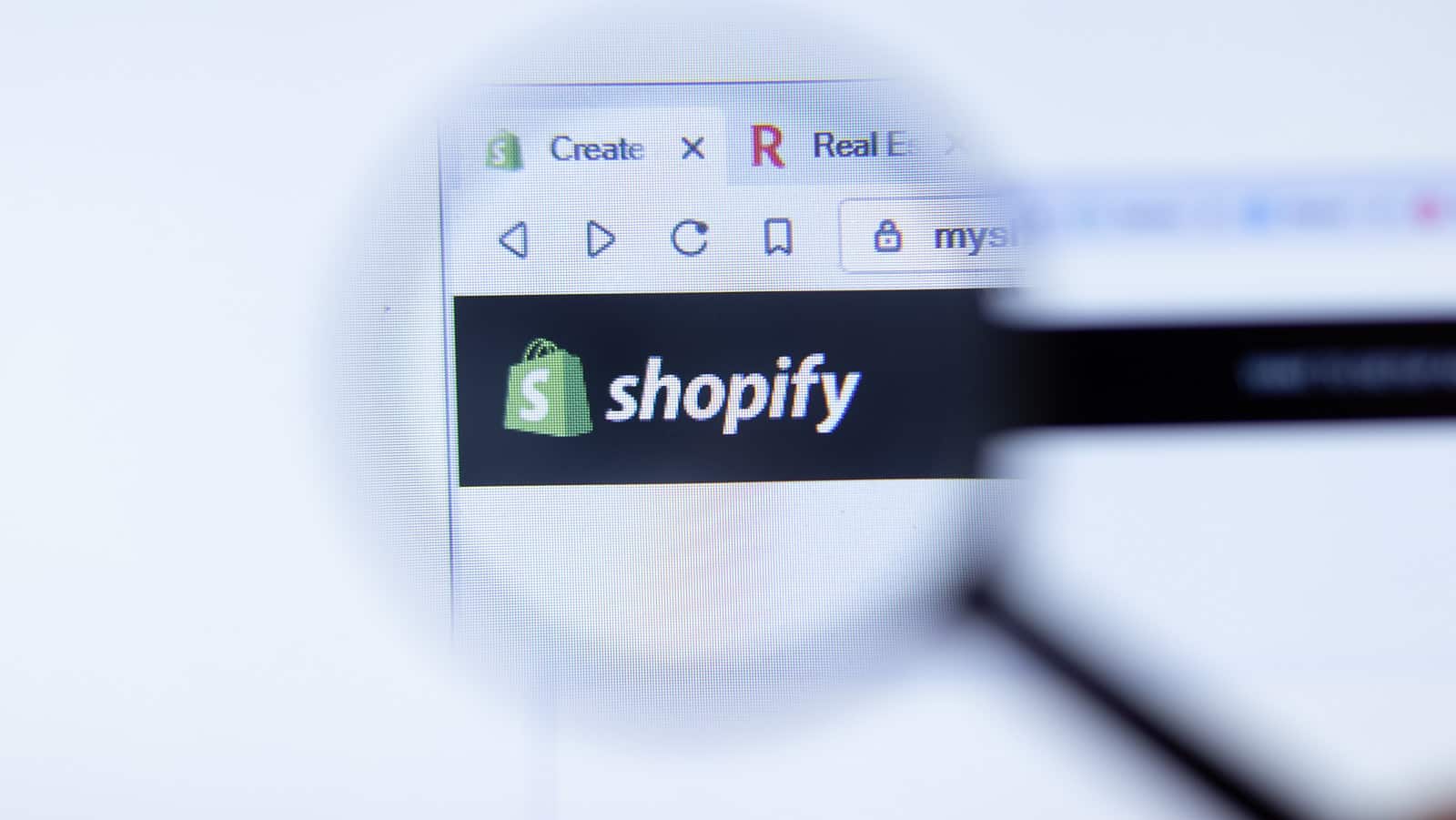A niche consultant asked me this question recently: How do I grow my consulting business. Here’s the answer I gave him.
Answer: The best way is to become the pre-eminent expert in your field on the web and attract people who are seeking your expertise as a consultant. Here are some ideas to grow your business with digital marketing:
- Figure out the top 100 questions anyone buying consultant services might ask and answer them comprehensively on a blog over the next 6-12 months.
- Provide a glossary of terms on the blog around your consulting area of specialty. Use common and esoteric terms, as many as makes sense.
- Establish a layman’s guide to your consulting topic and publish it in an ebook. 10 to 30 pages will do. Make it the best intro to guide you can. The offer it for free in return for a sign up to your mailing list.
- Send out great content on the list about case studies, new trends, how-tos, and other questions answered about the consulting topic you are an expert in (you can use your blog material)
- Offer a Q & A submission form and answer any questions within one business day to someone who might have ask about the topic. Answer directly (this is a good way to nurture a lead) and reuse the answers on your blog and in your newsletter to generate more leads.
- Follow the core community of consulting experts related to your business on social media, contribute to the conversation and publish some of your material on LinkedIn and tweet almost all of it on Twitter as it is produced. You can use Hootsuite for this.
- Hire an Search Engine Optimization company to work with your site to get it ranked for change management. Your amazing content will be a key tool in making this happen.
- Get help designing your email marketing funnel and be sure to use a tool like Keap to drive it. This will help you identify opportunities among your subscribers.
If you poke around the web you’ll notice that there may not a lot of stiff competition on your topic of expertise. With a bit of time, money and effort it won’t take long to dominate search engine results and social media. If not nationally, then regionally. Then let the business come to you.
BTW, you might also want to write a piece or FAQ (frequently asked questions) on “how to hire a [your specialty] consultant” and post it on LinkedIn, Facebook, Twitter and of course your own site.






